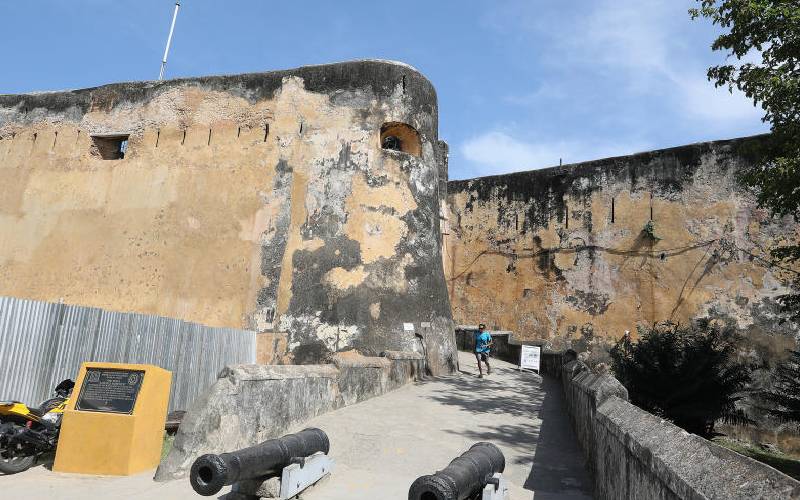×
The Standard e-Paper
Home To Bold Columnists

A view of the Fort Jesus Museum in Mombasa. [Omondi Onyango, Standard]
A light and sound show with lasers, holograms and fireworks at Fort Jesus Museum in Mombasa has been showcasing the castle’s 400-year-old turbulent history for months now.